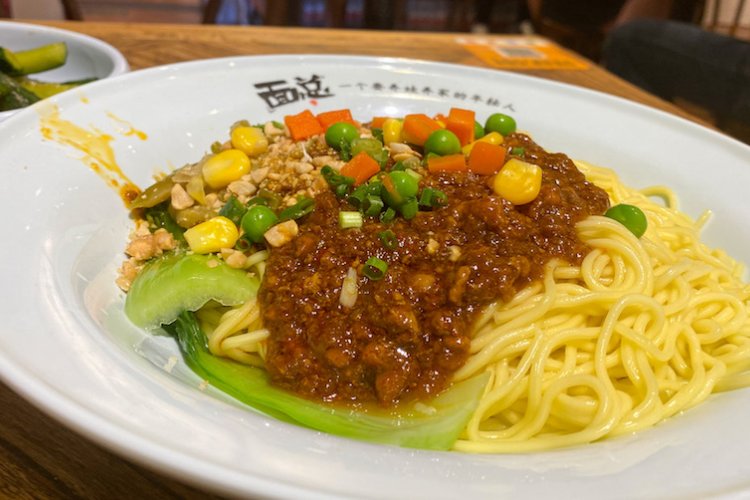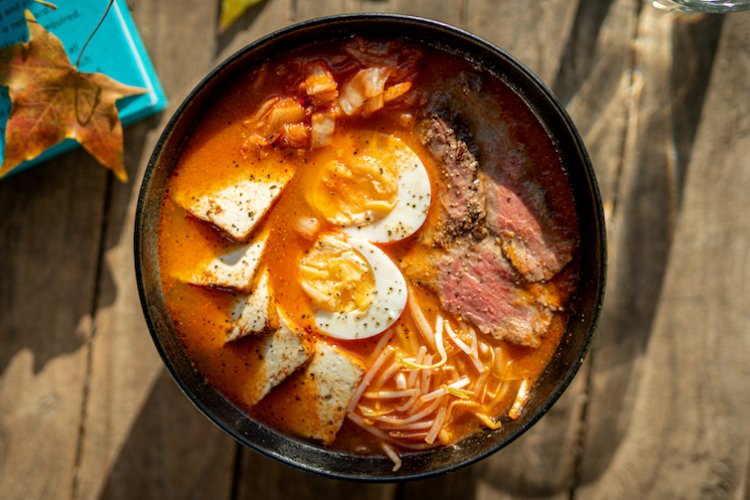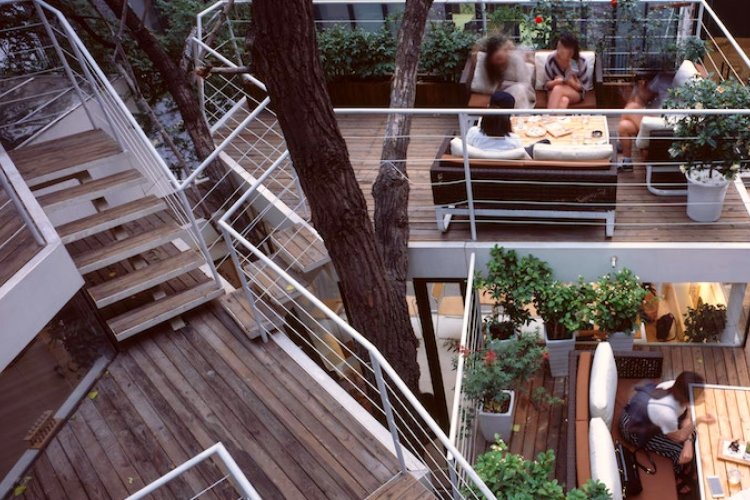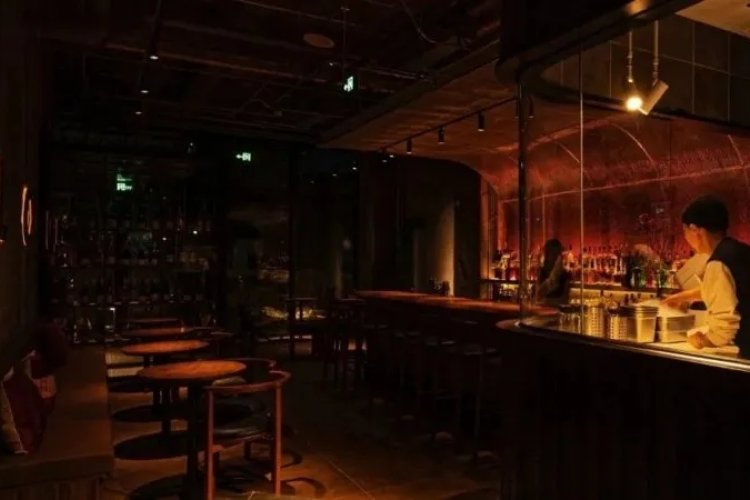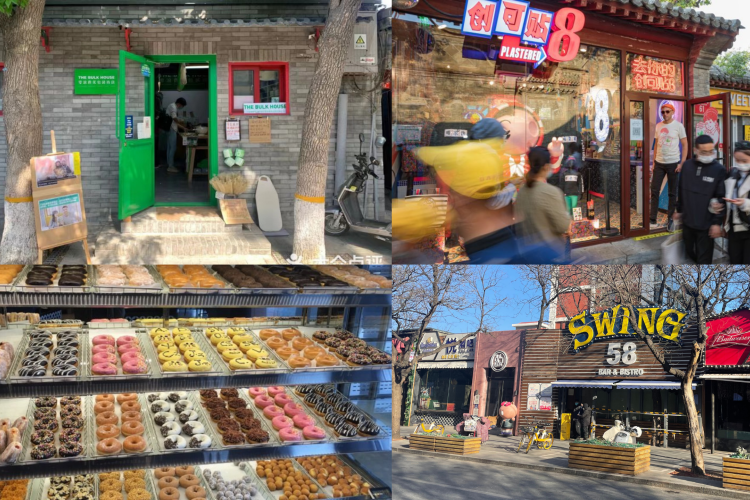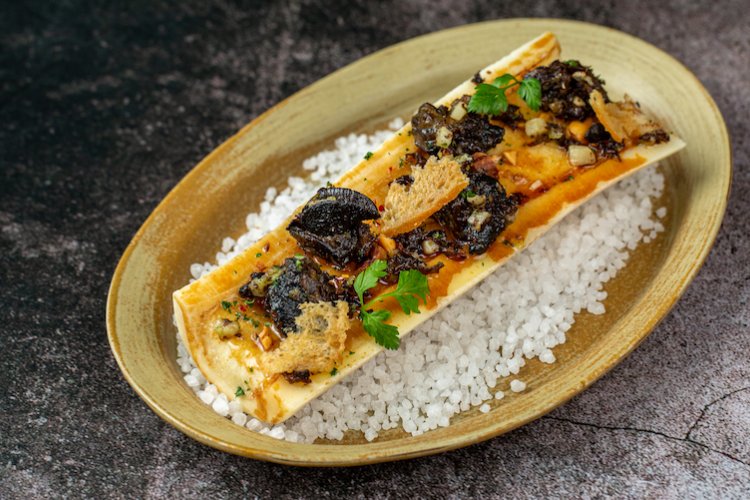Alleyway Gourmet: Rustic Hele Noodles
Last month, Master Liu opened a noodle shop in the Xinyuanli neighborhood. Surrounded by tons of Japanese udon bars and soba houses, his shop focuses on hele mian, a pressed noodle that’s commonly eaten in northern China (Hebei, Henan, Shanxi and Inner Mongolia).
This noodle master has brought the flavors of his hometown (Chengde in Hebei province) to Beijing. In his village, people traditionally “hele” the dough by squeezing it through a container with many holes on the bottom. As they are extruded, these thick strings of pasta are cut by hand and dropped directly into boiling water. Five minutes later, they’re cooked and ready to eat.
Master Liu makes a variety of hele noodles from buckwheat, wheat, corn and oat flours, and will even add exotic ingredients such as mung bean, black bean, sesame, and even dried elm tree bark to the mix. Buckwheat (qiaomian 荞面) is most frequently ordered (RMB 10-12). Be warned: Buckwheat noodles are gray, rough, easily broken and slightly bitter. But that’s how buckwheat bucks.
Hele mian can be served either cold or hot. If cold, the cooked noodles will first be immersed in ice water, then tossed in a bowl with white sesame paste, fried dried chilli and cilantro leaves. If eaten hot, the drained noodles will be placed directly in a bowl and topped with a large ladle of sauce, of which there are many to choose from. Aside from the ubiquitous beef, pork ribs and mushroom flavors, the stewed pig’s trotter sauce certainly deserves your attention. Master Liu serves up very generous portions, so despite the plain presentation, no hungry stomach will ever have reason to complain.
Try it: Liu Ji Hele Mian. Bldg 15 (opposite Huadu Hotel, 50m west of Jiayi Market), Shunyuanli, Chaoyang District (131 2038 3586)
刘记饸饹面, 朝阳区顺源里15号楼底商(佳艺市场向西50米,华都饭店对面)
Got something to say about this or any other Beijing venue? Register as a user at the Beijinger.com and post your review on our online directory.

